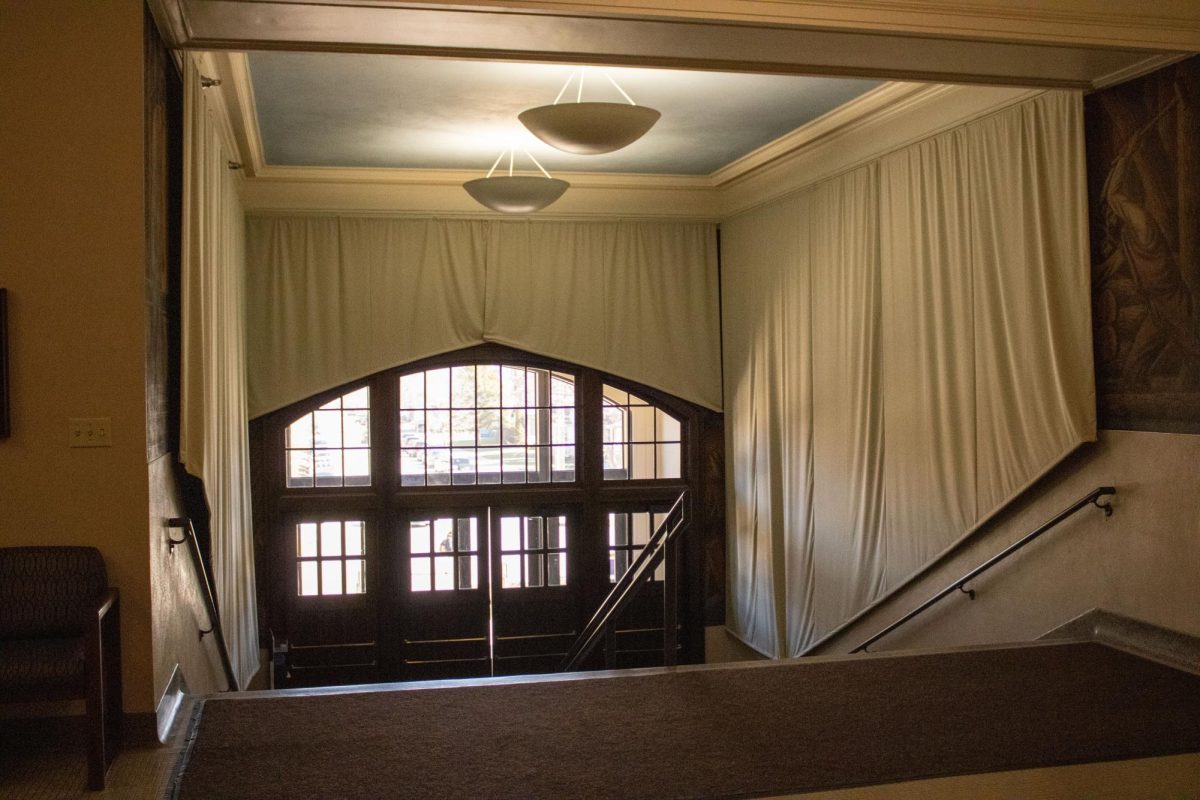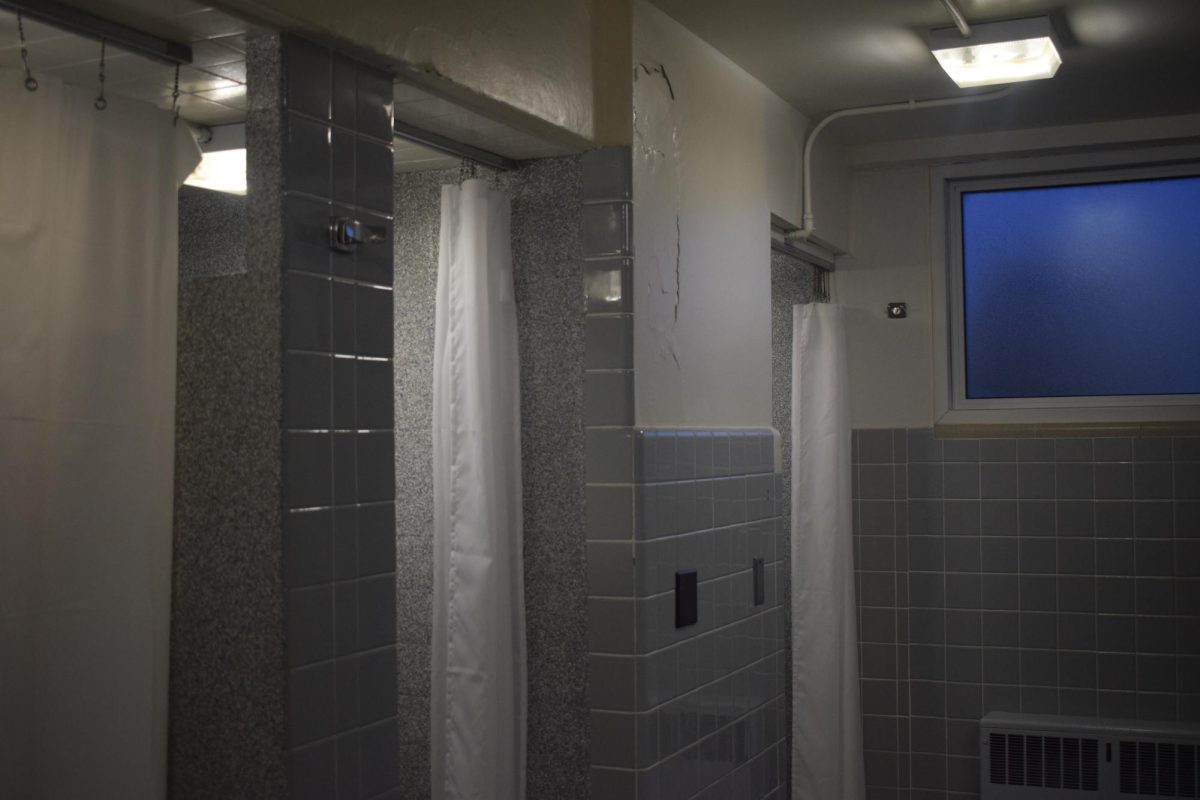Brent Quam/Winonan
Candace L. Kairies-Beatty and Toby Dogwiler yearned to present objectivity last Wednesday as they explained what frac sand mining is and what it means in the near future for Winona County at their Athenaeum presentation.
Frac—short for fracture— sand is used in the process of hydraulic fracturing, a means of natural gas extraction in which the rock beds natural gas is found in are fractured with a drill. These fissures must then be filled with a mixture of water, chemicals and sand in order to keep the fracture from closing against its own weight.
Until recently, the sand-frac process was not economically feasible, but rising gas prices have made it a lucrative method of extracting natural gas. Winona County contains a number of sandstone deposits that may be feasible, if not ideal, for frac sand mining, the scientists said.
These deposits, Dogwiler said, are on three levels of depth: St. Peter sandstone, Jordan and Wonewoc at the deepest. In Saratoga Township on the southeast edge of Winona County, a deposit of St. Peter sandstone is already being considered for mining.
A layer of shale rock, the Oneota shelf, must also be drilled through in order to reach any sandstone.
There is precedent for this sort of mining in Colorado’s North Fork Valley. There, gas companies and currently unemployed industry workers square off against affluent winemakers and organic farmers, whose enterprises would be injured by frac-sand mining.
Frac sand mining has a number of negative effects on the environment. It contaminates water supplies; releases methane gas, and can cause lung diseases in those who inhale the dust long-term. Finally, a “fracking” well requires between 1,000 and 1,500 truck trips from the site before any mining of the sand can begin, congesting local roads and often buckling them in places under the stress of the trucks.
Lewiston resident Jim Gurley, attending the lecture, said, “In Saratoga Township, the wheels are already turning.” A petition by Saratoga residents asking for an environmental analysis of the effects of such a mine, the St. Peter, is in circulation. Within three years, the Saratoga mine is expected to be complete. Roughly $55 will be collected by the county, for each truck trip on its roads, which will be earmarked for road maintenance.
There were questions from audience members up until the end of the presentation. “We’re still trying to squeeze out the last drop of whatever’s there,” said one woman to murmurs of agreement from the audience.
Dogwiler and Kairies-Beatty were forced to repeatedly deflect policy questions for which they had no answers, having prepared for the lecture only the bare facts necessary for understanding the issue from a scientific point of view.
Dogwiler did, however, offer one prediction in regards to mining in the area: “Its not going to be a question of whether, but how much.”
Contact Brent at [email protected]












































